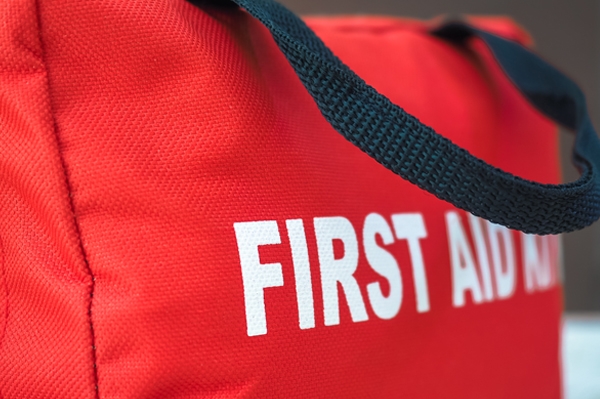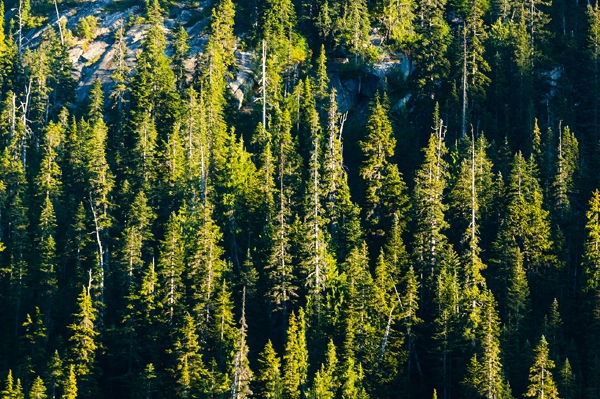
How to Respond to an Emergency: Step-by-Step
Would you know how to handle an emergency? Here is a brief step-by-step guide to remind you how to handle yourself and others when it comes to an emergency situation:
Remain Calm
The most important thing when facing an emergency is to remain calm. Remaining calm will help anyone else involved in the situation present their selves in the best way to move forward to help those affected and potentially save lives.
Keep People Away from the Site and Situation
When an emergency occurs it can draw a lot of attention. It is important to keep away anyone who is not involved or who does not have valuable skills to share such as valid First Aid Training…
Administer First Aid to Anyone Requiring It
Are you trained in First Aid and CPR? If you aren’t be sure to look for courses offered in your area. Although we hope you never have to use the skills you will learn at CPR & First Aid Training they can mean the difference between life and death.
Call Emergency
If anyone around you has access to a phone direct them to call 9-11. If you are the only additional person involved in the situation try to remain calm and call 9-11.
Use Available Resources to Give Directions to Bystanders
Depending on the severity of the emergency you may need to take control to direct bystanders to help you within the situation. This could involve: directing someone to call 9-11, asking someone to bring you water or other necessary supplies. Be direct and precise with your directions to ensure the situation does not get chaotic.
Stay Alert when Emergency Vehicles Arrive
Stay alert when the emergency vehicles arrive. Contiue to administer any first and and CPR until the professionals arrive.
We hope you never have to face an emergency situation in your lifetime, but it is always important to be well-prepared. First Aid Canada is proud to offer a wide variety of First Aid Supplies and Defibrillators.
Life is Precious. Be Prepared.
Spring Hiking Checklist
Happy First Day of Spring!
It’s nearing that time for ideal hiking conditions: not too hot, not too cold, lots of greenery, blooms and if you’re lucky some wildlife (friendly wildlife of course)!
We want you to be prepared for all of the adventures in the paths ahead. Here’s our Safe Hiking Checklist:
Have you packed enough food and water?
Hiking causes your body to expend a significant amount of energy even when your hike is short. Be sure to bring enough food to feed not only your energy levels, but others you are hiking with as well. In case of an emergency you do not want to be put into a lengthy situation without food. Water is just as important as brining food on your hike as it will keep you hydrated. Be sure to bring extra water on warmer days as your body will be releasing more fluids in attempt to regulate body temperature.
Have you checked out the trails conditions vs your own?
Prior to heading out for a hike check conditions and trail ratings. Never out yourself into a situation you aren’t physically fit enough for. This reduces chances of injuries at all levels. If you desire a certain trail to venture onto, but feel you aren’t ready for it make it a goal to go in a few weeks after you have attempted easier trails first.
Are you prepared for the weather?
Weather can make a huge difference on the difficulty and danger levels of a hike. Opt for hiking in moderate and mild temperatures and avoid days with extreme hot or cold warnings. Another important condition to check before heading out is whether or not animals have been sighted in the area or if there is an overall warning for cougars or bears. If you choose to continue to head out in these areas bring necessary equipment to keep yourself safe from these animals if you happen to cross paths, i.e. bear spray.
Are you alert?
As mentioned above it is important to stay alert for animals in the woods. Avoid hiking with headphones in as this could prevent you from hearing something important while hiking. Signs and warnings are also things to stay alert for on a hike, this can include: warning signs for mud or rockslides, dangerous areas, animals, cliffs, etc.
Are you missing anything?
Before heading out make a checklist for items necessary to bring on your hike. Examples can and should include:
- Map
- Sunscreen
- Hat
- GPS Unit/Compass
- Cellphone
- Camera
- Change of clothes
- Comfy shoes
- Food and water
- Insect Repellant
- Hikers First Aid Kit
- Folding shovel
The Hikers’ First Aid Kit (available in a Standard and Deluxe version) is a perfect addition to any hike or adventure as the kit is small and compact. Although these kits are small and easy to carry they contain all of the necessary supplies an individual would need for basic hiking related injuries.
Lastly, it is very important to let someone know where and when you are going for a hike. Let the individual know when you expect to arrive home and call to check in.
Wishing you a safe and happy hike!

